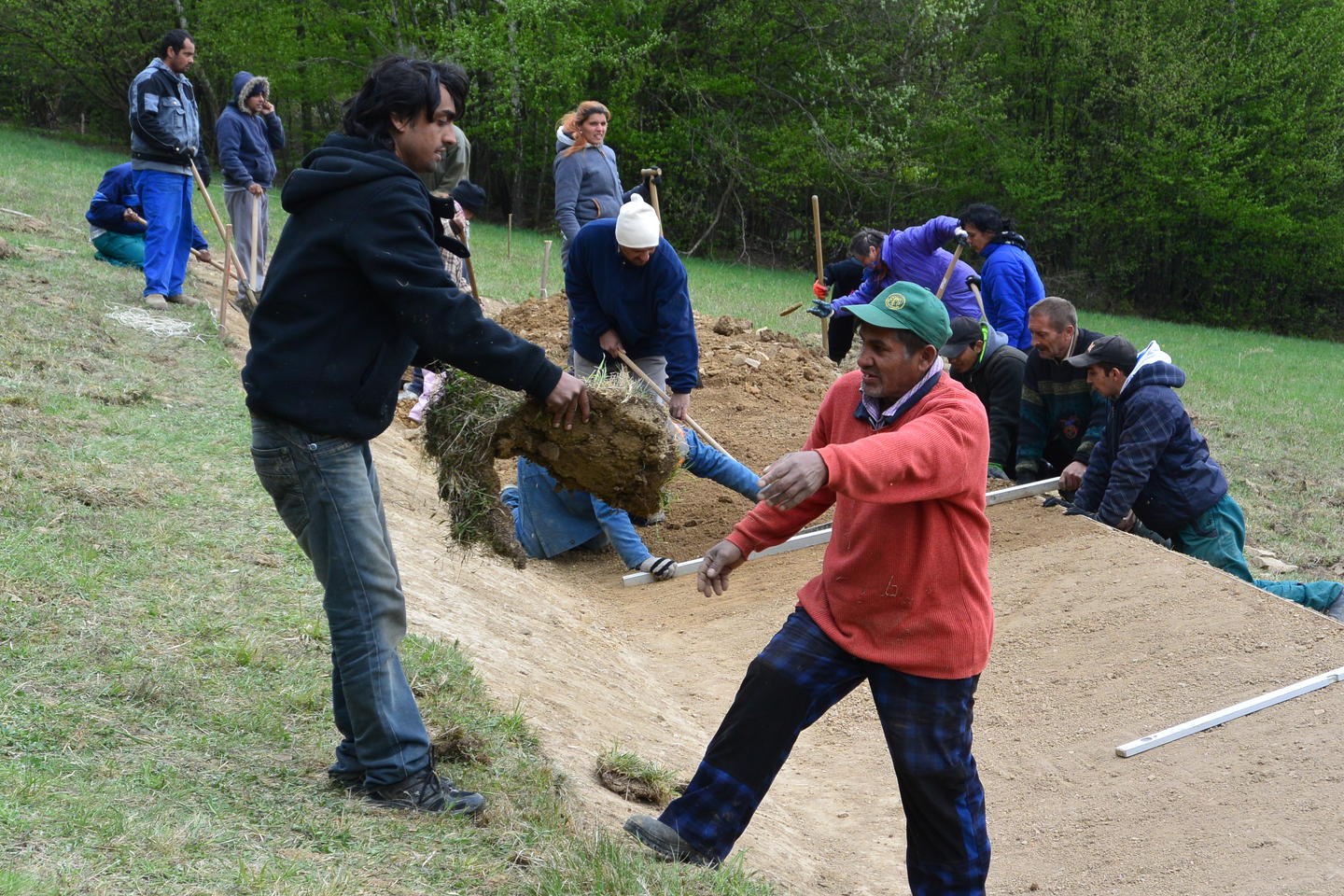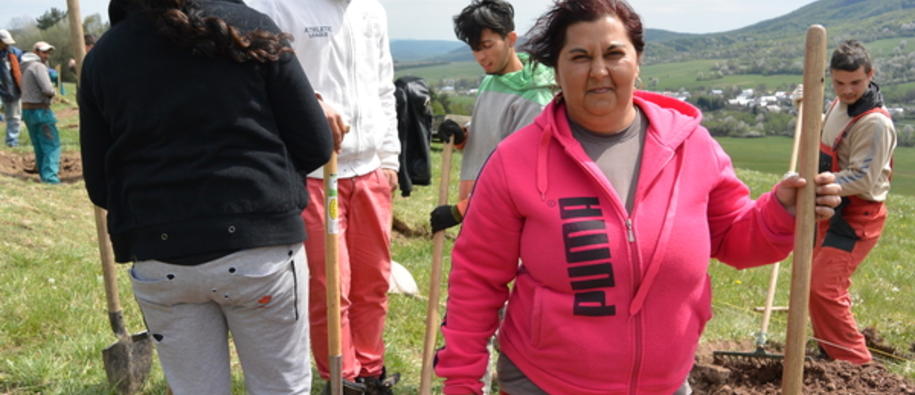While extreme rainfall and droughts cannot be prevented, it is possible to limit the negative impacts through preventive measures. This in return reduces the economic and social cost resulting from floods.
Supported with €12.5 million from Iceland, Liechtenstein and Norway, work is done through several projects to improve the resistance and preparedness for floods and droughts in Slovakia and increase both the flood expert capacity and public awareness and understanding of flood protection.
Protecting villages and livelihoods
One of the projects is taking place in north-east Slovakia close to the border with Poland. Here, the Ondava river poses a threat to the 44 villages and close to 8500 inhabitants in the two districts Bardejov and Svidnik. The area is affected by several impacts of climate change such as erosion along Ondava’s banks, landslides and flooding. To protect the villages and the livelihoods of the inhabitants from flooding, ditches are dug in the fields to hold back water. With ditches in place, the rainwater is filtered down into the ground instead of flowing rapidly into the river and cause flooding. In addition, twig dams are made in smaller waterways to hold back the water and minimise the chances of floods.
Creating employment for Roma
In addition to preventing climate damages, the project in north-east Slovakia also creates employment for the local Roma population and contributes to social inclusion. In this part of the country, the unemployment rate is 20 per cent and Roma are particularly vulnerable. 400 local Roma from the nearby villages showed interest in working with flood prevention. However, there was only work for 150. One of them was Slavka Feranova (38) who liked the work. The salary was higher than the unemployment benefits.
Methods from Slovakia tested out in Norway
Norway is also vulnerable to flooding with large material damages as a possible consequence. Climate change can increase the consequences since the floods may occur more often, with bigger intensity and in other areas than today.
The Norwegian Water Resources and Energy Directorate (NVE) and the Norwegian Directorate for Civil Protection (DSB) are both involved in the work on preventing flood damages in Slovakia as donor programme partners. Karl Kerner from the Directorate for Civil Protection says that the involvement benefits the directorate and Norway more than most people are aware of.
“The most obvious we gain from our participation is direct knowledge about solutions, measures and approaches to flood prevention that we can try out in Norway. The Norwegian Water Resources and Energy Directorate, the Norwegian Public Roads Administration and the Norwegian National Rail Administration have started to test ways of flood reduction in small waterways after methods we picked up from Slovakia,” Kerner explained.
The Norwegian Forest and Landscape Institute is a project partner in this project. Their contribution is mainly related to exchange of technical and professional experience on spatial landscape research and management, ecological restoration and water regime management.
Cooperating with other countries on adaptation
The Norwegian Directorate for Civil Protection is involved as donor programme partner in climate change adaptation programmes in Slovakia, Portugal, Latvia and Hungary.
“These countries have expertise in many areas of climate change adaptation that can be of interest to Norway,” said Kerner.
As project partner, DSB is also helping to develop national adaptation strategies in Latvia and Estonia. In a project in Hungary, a national adaptation database is being developed. DSB is also contributing to the development of risk and vulnerability analyses as well as regional preparedness in several projects.
The Norwegian Water Resources and Energy Directorate is also involved as donor programme partner in the renewable energy and energy efficiency programme in Bulgaria and the renewable energy programme in Romania.
This article is produced based on material from DSB.
More information
Find out more about the adaptation to climate change programme in Slovakia
Read about the Ondava river adaptation project
Read about The Norwegian Directorate for Civil Protection's role as a donor programme partner
Read about The Norwegian Water Resources and Energy Directorate's role as a donor programme partner

